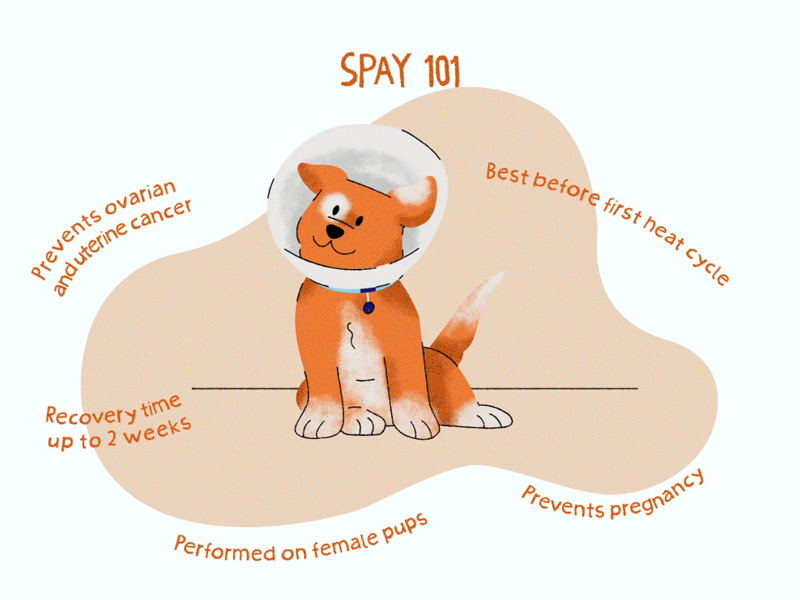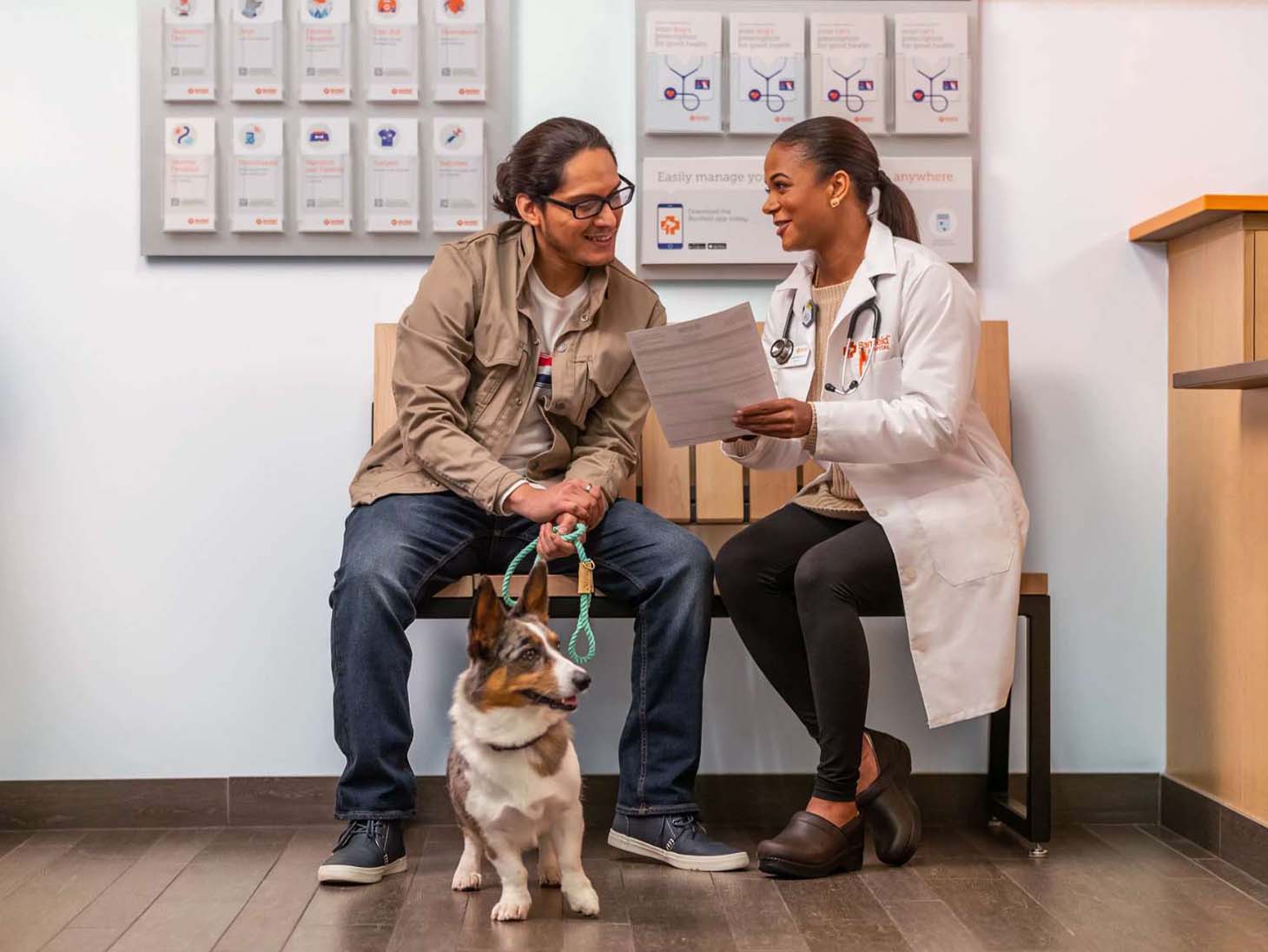the facts on spaying or neutering your puppy
Help prevent puppy pregnancy
Spaying and neutering are two of the most common surgeries for puppies. Usually, the term “spay” is used for female dogs, while “neuter” is used for boy pups. Both procedures help prevent unwanted pet pregnancies, and there are many other good health reasons to spay or neuter your pup.

Benefits of spaying or neutering your pet
The benefits of spaying or neutering don’t stop at eliminating unwanted pregnancies. Spaying your girl pup before her first heat cycle may help reduce the risk of mammary cancer and/or uterine infections. Spaying also reduces the risk of sexually transmitted disease and, because she can’t get pregnant, your sweet girl won’t suffer any birthing complications.
As for boy pups, neutering helps remove worries about possible pet pregnancies and testicular cancer, and reduces the risk of prostate diseases and other health issues. Timing of neutering can depend on breed, size, and temperament of your dog. Some dogs can be neutered as early as 4–6 months old.
How spaying and neutering work
Here’s where we get a little more technical. A spaying procedure, also called an ovariohysterectomy, removes your puppy’s ovaries and uterus. For males, a neutering procedure means removing the testicles.
While there are risks with any surgical procedure, neutering and spaying provide important lifelong benefits. Rarely, some pets may have a reaction to the anesthesia used for the procedure, resulting in vomiting, diarrhea, irritation at the surgical site, and lethargy. Some puppies’ pre-procedure test results may prevent them from having surgery, while others may require additional tests to ensure they’re ready. Always notify your veterinary team if you have any concerns before the procedure so they can work with you.

Visiting us soon?
Check out our handy videos on how spaying and neutering help prevent breeding, certain cancers, and more.
Watch the spaying video for girl dogs Watch the neutering video for boy dogs
Wondering about anesthesia during a procedure? We’ve got a video on anesthesia too
Before and after your puppy’s procedure
Recovery can take up to 2 weeks.
- You may be directed not to feed your pup the day of the procedure
- Afterward, your puppy may be sore, especially at the point of incision
- You may need to limit your pup’s physical activity (no more zoomies until healing!)
- Check the incision area to ensure your pup is healing properly
- Give your pup a comfortable, clean spot to recover
- Limit high movement activities like going up stairs or jumping on furniture
- Contact your veterinary team if you have any concerns
How Banfield can help
We want your pup to live a happy, healthy life. If your puppy is under 6 months old, we suggest looking into our Early Care Plus Optimum Wellness Plan® (OWP) package, which includes a spay or neuter procedure along with exams, vaccinations, and more. Is your puppy over 6 months old? No problem — you can easily add the procedure to any dog OWP.
 Mites and mange
Mites and mange Podcast - Not Just Fluff
Podcast - Not Just Fluff


